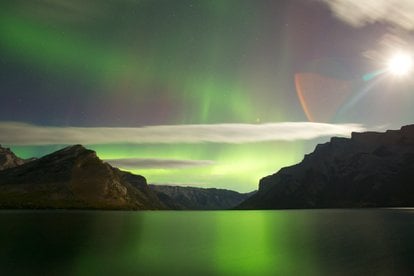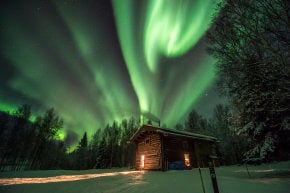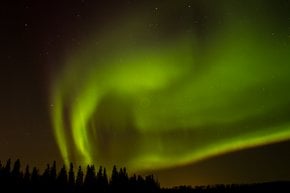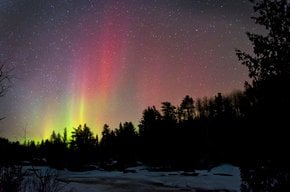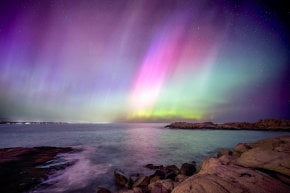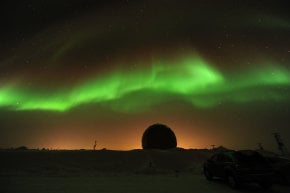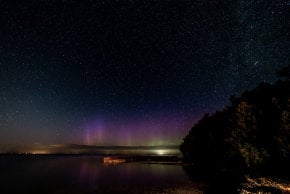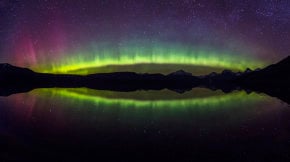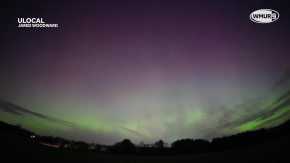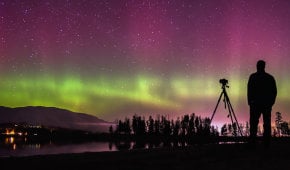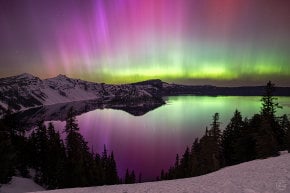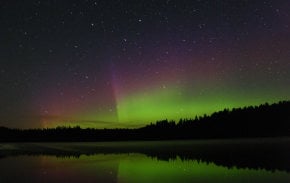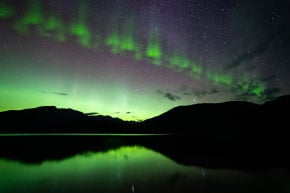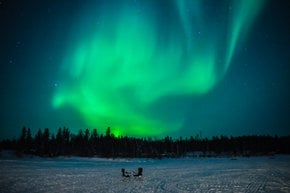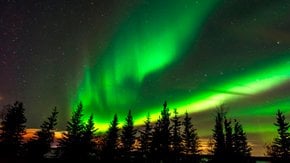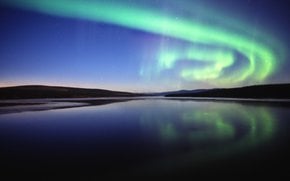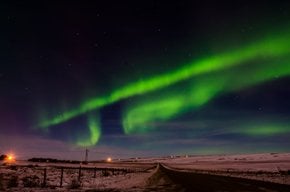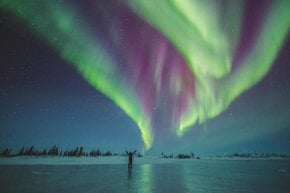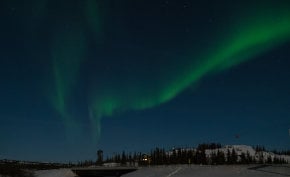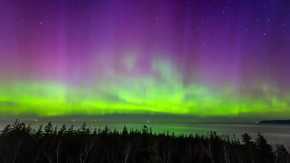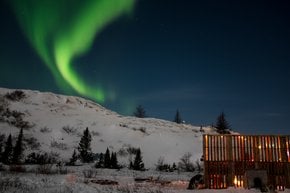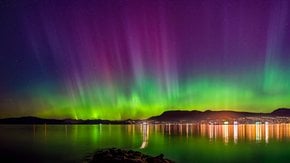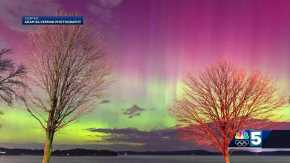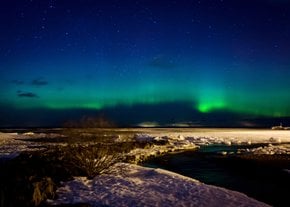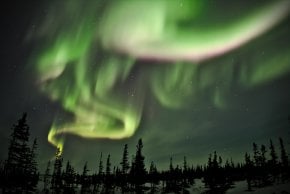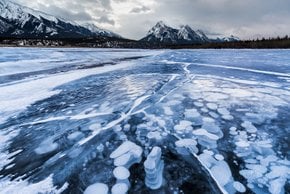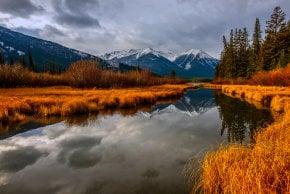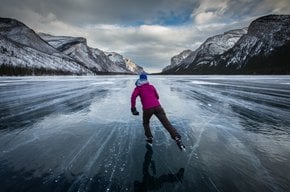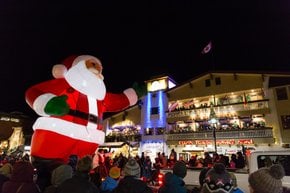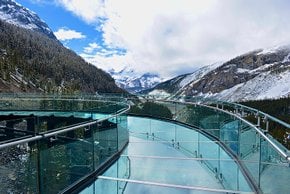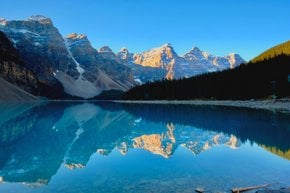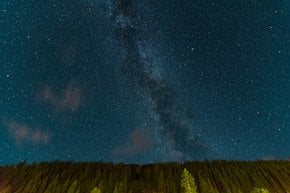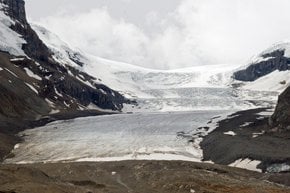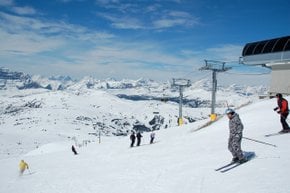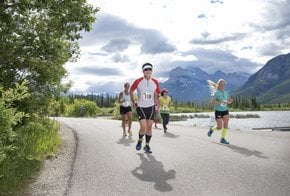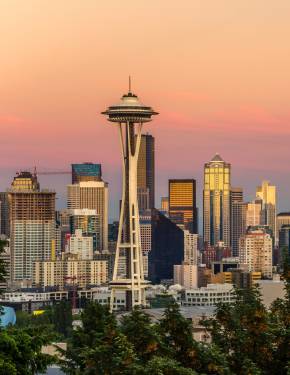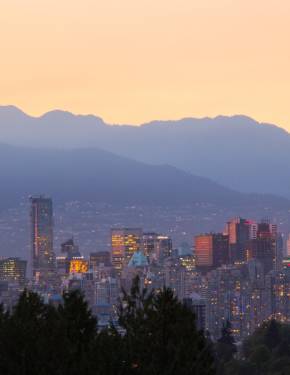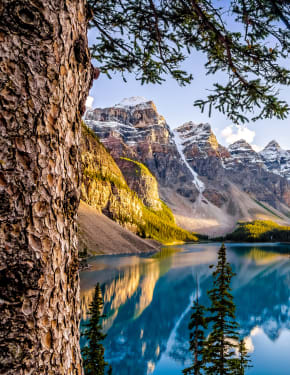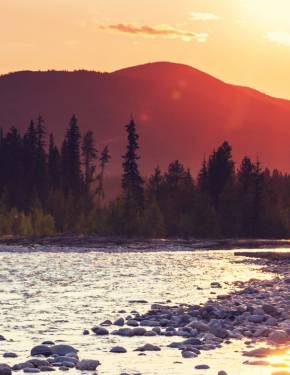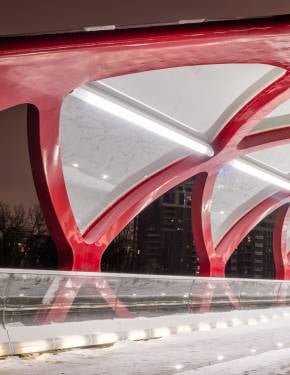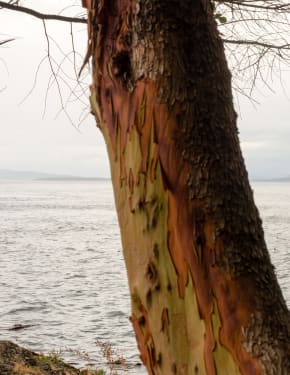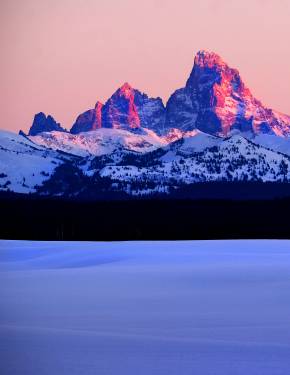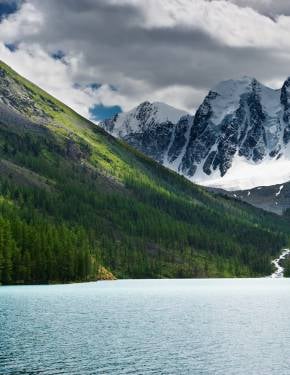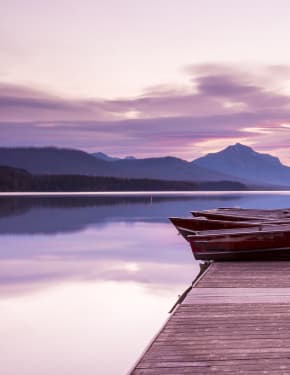Northern Lights in Banff & Jasper National Parks 2025-2026
National parks are an ideal place to view aurora borealis
Best time: September–April
Alberta is one of the top provinces for observing the northern lights in Canada. The impressive mountain ranges, perfectly still reflective lakes, and fresh snow make experiencing this natural phenomenon in Banff and Jasper National Parks truly magical. Whether you're an avid astronomer, a passionate photographer, or simply a nature lover, these parks offer some of the best opportunities to enjoy the northern lights against the majestic backdrop of the Canadian Rockies.
Aurora Borealis
The aurora borealis, commonly known as the northern lights, is a mesmerizing natural phenomenon where vibrant colors illuminate the night sky. These lights are created when energized particles from the sun collide with Earth's atmosphere, a process intensified near the magnetic poles. As these particles interact with gases in the atmosphere, they produce dazzling displays of light that range from green and pink to red and violet. The northern lights are not only a spectacular visual display but also a reminder of the dynamic interactions between our planet and the sun.
When to see northern lights in Banff and Jasper
Predicting the aurora borealis can be quite challenging due to its reliance on geomagnetic activity. In Alberta, the northern lights can appear anytime from September to April once you're away from city lights. They shine their brightest from February to April on dark, clear nights. Your best chance to see them is during a new moon when the skies are clear. However, their appearance is not guaranteed even under perfect conditions, as they follow their own geomagnetic patterns. The northern lights don't adhere to a fixed schedule; they may show up just after nightfall or in the early morning hours. For real-time updates and forecasts, visitors can consult the NOAA Space Weather Prediction Center's website. The 30-minute aurora forecast provides valuable information on potential aurora visibility. If you're determined to catch them in Banff, be prepared for the possibility of being woken in the middle of the night or staying up until 2-3 am. Check website
Best places to view northern lights in Banff
While you can catch a glimpse of the northern lights above the town of Banff, it's best to venture further from the city lights for a more spectacular view. Lake Minnewanka, Castle Junction, and Peyto Lake are prime spots for witnessing the aurora borealis near Banff. Vermilion Lakes, situated in the Bow Valley just a short drive from town, also offers excellent viewing conditions. The green light dancing across the sky reflects beautifully in these lakes, with Mount Rundle and Sulphur Mountain providing a stunning backdrop. If the northern lights catch you by surprise and you can't leave town, Banff Avenue, the main street, can still offer a decent view of this natural wonder.
Best places to view northern lights in Jasper
Jasper National Park, the largest in the Canadian Rockies, is one of 17 designated Canadian Dark Sky Preserves and the second-largest dark sky preserve in the world. It is also the largest accessible preserve, with restaurants and hotels available for travelers. Spanning 4,247 square miles (11,000 square kilometers), Jasper offers fantastic stargazing opportunities and a good chance to witness the magnificent northern lights. Scenic spots such as Old Fort Point, Lake Annette, Pyramid Lake, and Maligne Lake provide some of the best views for enjoying the dancing lights display against the park's breathtaking natural backdrop.
Jasper Dark Sky Festival
As a bonus, you can become a part of a Jasper Dark Sky Festival which celebrates the night sky in Jasper. The event takes place every October and there you will find a pack of activities to teach travelers astronomy, the wonders of stargazing, and the importance of dark skies. The festival is different every year. It includes a galore of amazing events, and celebrity speakers as well as a chance to view the northern lights.
Tickets
Access to Banff and Jasper National Parks requires a park pass, which can be purchased online or at park entrances. Day passes and annual passes are available, with discounts for families and seniors. Youth aged 17 and under can enter for free. All passes must be prominently displayed on the vehicle dashboard. Day pass rates are $11.00 for adults and $9.50 for seniors. The Adult Discovery Pass is $75.25, the Family/Group Discovery Pass is $151.25, and the Senior Discovery Pass is $64.50.
History of Aurora Borealis Observations
The northern lights have fascinated humans for millennia, with the first suspected record being a cave painting from 30,000 BC. For the Cree, a significant Indigenous nation in northern Alberta, the lights are believed to be spirits dancing in the sky. Over the years, this natural phenomenon has inspired countless legends, folklore, and scientific studies.
Viewing Tips and Tools
To maximize your chances of seeing the northern lights, patience and preparation are key. Dress warmly, as nights in Banff and Jasper can be extremely cold, especially during peak viewing months. Layering with thermal wear, insulated jackets, hats, gloves, and warm boots is essential to stay comfortable while waiting for the lights to appear. For real-time updates on aurora activity, download apps like My Aurora Forecast or check the University of Alberta’s Aurorawatch website for alerts and forecasts. For photography enthusiasts, using a DSLR camera with a wide-angle lens and a tripod can help capture the stunning display. Set your camera to a high ISO, use a long exposure, and keep the lens focused on infinity to get the best shots of the vibrant, dancing lights.

